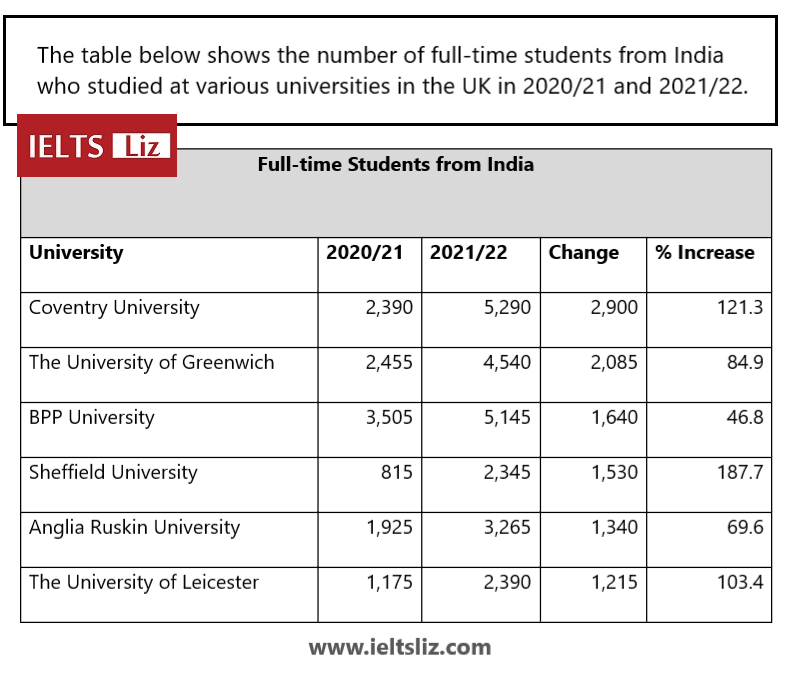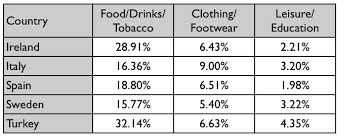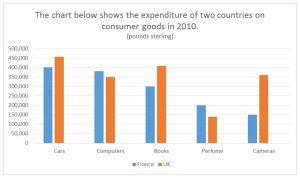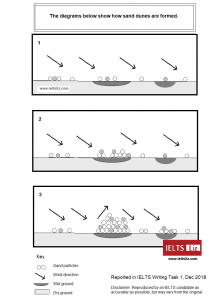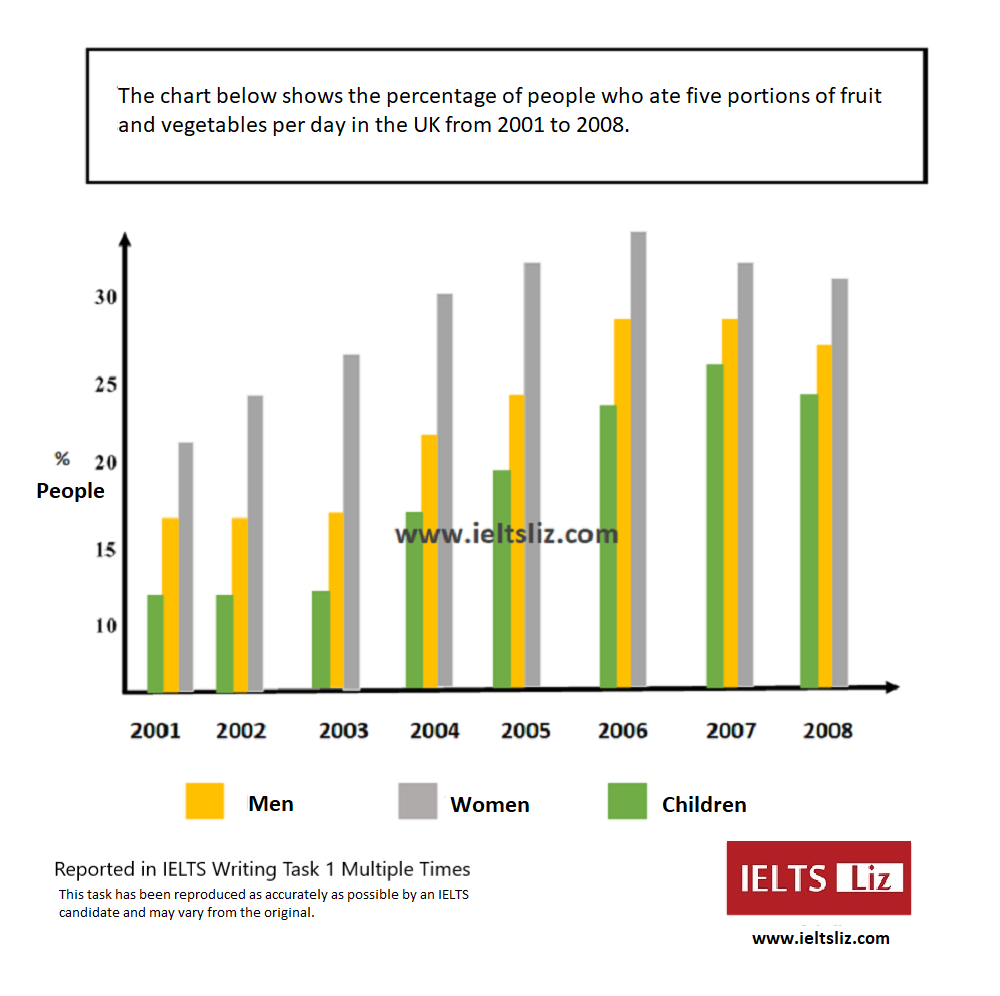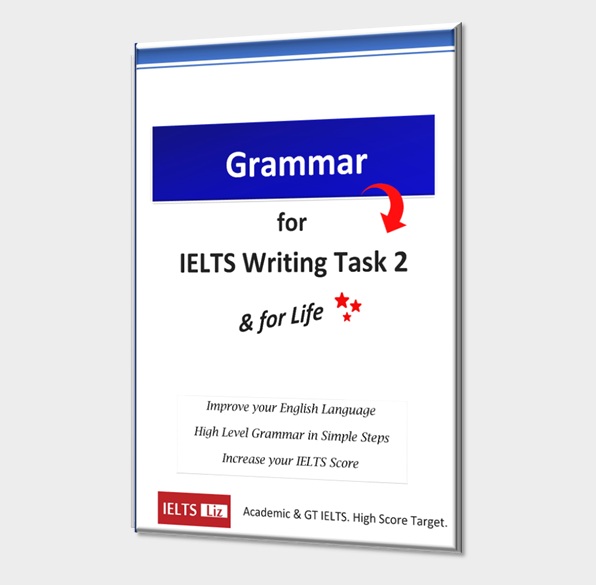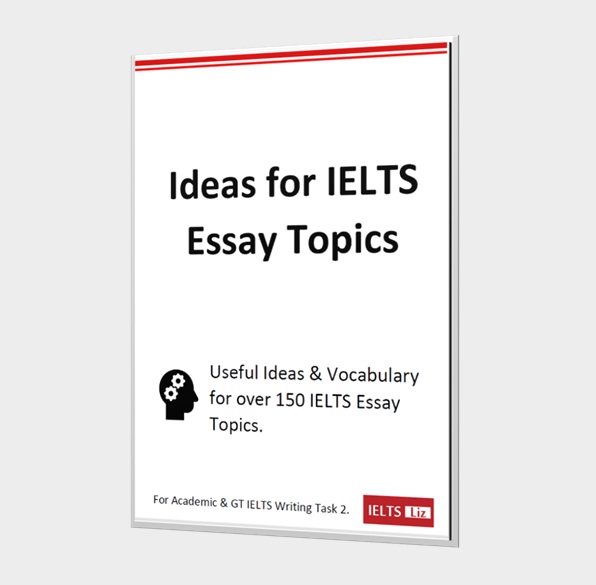Learn about IELTS GT (General Training) exam content and writing tasks. Learn how the IELTS GT writing is different from the academic writing test. Useful links are provided for GT students below.
Understanding GT IELTS
- The GT listening test is the same as the academic test. Everyone takes the same listening test with the same scoring. You can use my free listening lessons and tips for your preparation. Click here: Free Listening Tips & Lessons
- The GT speaking test is the same for everyone. There is one speaking test only with the same scoring. You can use my free speaking lessons and tips for your preparation. Click here: Speaking Tips & Model Answers
- The GT reading test is slightly different. The question types are 100% the same as the academic test, but the passages have a different content and layout. You can use my free reading lessons and tips for your preparation, but make sure you do full authentic GT reading tests at home. See this page for more GT reading information: GT Reading Tips. Click here to use my Free Reading Lessons for All Candidates
- To understand GT writing (both task 1 and task 2), see all the tips and information listed below.
This page will explain both writing task 1 differences and writing task 2 differences.
IELTS GT Differences for Writing Task 1
General training students will need to write a letter for writing task 1 but academic students will need to write a report.
- GT Writing Task 1 = Letters: Formal, informal and semi-formal
- Academic Writing Task 1 = Report: table, pie chart, bar chart, line graph etc.
This means writing task 1 is completely different for GT candidates. GT candidates do NOT get charts, they are given letters only. See the information below:
General Training Writing Task 1 Letter
Use the following 10 tips and links to ensure you understand GT letters properly
- Candidates are required to write a letter which can be formal, semi-formal or informal.
- A list of points is given for the letter as well as the aim. It is your task to make sure your letter covers all points with a clear aim.
- Pay attention to opening lines, closing statements, paragraphs etc.
- You also need to pay attention to style and tone depending on whether the letter is formal or informal.
- Get to know the scoring for task 1 – see below. Remember, task 1 is worth only 33% of your writing marks.
- You must write over 150 words. But it is recommend not to write over 200 words.
- It is recommended to take no more than 20 minutes for this task. It is up to you to manage the one hour given for the whole writing test.
- GT students are NOT asked to write a report on a chart or graph.
- Sample Practice Letters for GT Students
- MUST READ: Essential Tips for IELTS GT Letters
Academic Task 1 Report
- Students must analyse a chart, graph, table, map or diagram.
- Students must highlight key features and present data or information.
- Students must write over 150 words.
- It is recommended to take no more than 20 minutes for this.
- IELTS Sample Academic Charts
IELTS Writing Task 1 Scoring
There are four marking criteria for IELTS writing task 1.
Only one criterion is different for GT students.
- Task Achievement General Training: This refers to using the appropriate tone and also purpose. It also relates to the word count.
- Task Achievement Academic: This is about presenting key features, having an overview and accurate information. This also relates to the word count.
- Coherence and Cohesion: This is the same for both GT and Academic. It is based on organisation of information, paragraphing and linking devices.
- Lexical Resource (Vocabulary): This is marked using the same band scores for both GT and Academic. This is about using appropriate language, using collocations and the number of errors made.
- Grammar: This is also marked using the same band scores for both GT and Academic. This is about using a range of grammar structures and tenses, punctuation and the number of errors made.
Each criterion is 25% of your total marks for writing task 1. The scoring is the same as the Academic Writing Task 1 test and used the same Band Score Descriptors, which you can find on IELTS.org. However, there is slight differences in aims with Task Achievement and that is shows in the descriptors.
IELTS GT Differences for Writing Task 2
There are only minimal differences between IELTS general training writing task 2 and the academic task 2. GT candidates can use all my free writing task 2 lessons to prepare. Click here: Free Writing Task 2 Tips & Model Essays. You can also benefit from my advanced lessons and e-books which you can find in my online store: Liz’s Store
Below is a list of the minor differences and similarities between the essays.
1. Essay Question Difficulty
One difference is that the essay question for the General Training writing task 2 is often easier. It is written in a way that makes the issues clearly and easier to understand. Here’s a sample of a GT essay question and an academic essay question.
GT Essay Question Sample
Some students travel abroad for one year before starting university.
What are the advantages and disadvantages of doing this?
Academic Essay Question Sample
Some people think that space exploration is a waste of money and the funds should be relocated to other more needed areas.
To what extent do you agree?
* Please note that it is still possible to get the education essay question in the academic test.
2. Topics for Essays
Another slight difference is that the topic giving for the IELTS general training essay question is a more common topic, such as family, society, TV, schools, communication etc. However, in the academic test, there is a wider range including space exploration. Even so, it is best for GT candidates to prepare all topics because the topic of space exploration could come in the speaking test.
3. Essay types for General Training
The types of essays are the same for both general training and academic IELTS papers. You could get an opinion essay, a discussion essay, an advantage disadvantage essay, a solution essay or a direct question essay. At the bottom of the 100 IELTS essay questions page, you will find some practice essays for each type. And on the writing task 2 page, you will find model essays for each type. All this is suitable for both GT and academic students.
4. Marking & Scoring
The marking criteria and band scores are the same for both GT and academic students in writing 2. Here is a link to learn about the band scores for writing task 2 from band 5 to 8. There is only one scoring for GT Writing Task 2 and Academic Writing Task 2 with no differences at all.
5. IELTS GT Essay Writing Techniques
Another similarity is the technique for essay writing. It is the same for both GT and academic essays. Students for both the GT test and academic test will study from the same methods, tips and advice for IELTS essay writing.
This means all writing task 2 lessons on this blog are suitable for both GT and academic IELTS students. See here: IELTS Writing Task 2 Tips, Model Essays and Free Video Lessons
6. Essay Length and Timing
The length of the GT essay is over 250 words which is the same as the academic essay. Likewise, 40 minutes is the recommended length of time for both types of essays.
Using the Official Writing Answer Sheet
Students taking the general training or academic writing test, must select the right box to tick on the official writing answer sheet in the test. Please watch this lesson about filling in the official IELTS writing answer sheet. It explains about selecting the right box for either general training or academic writing.
Recommended IELTS Tips
.

